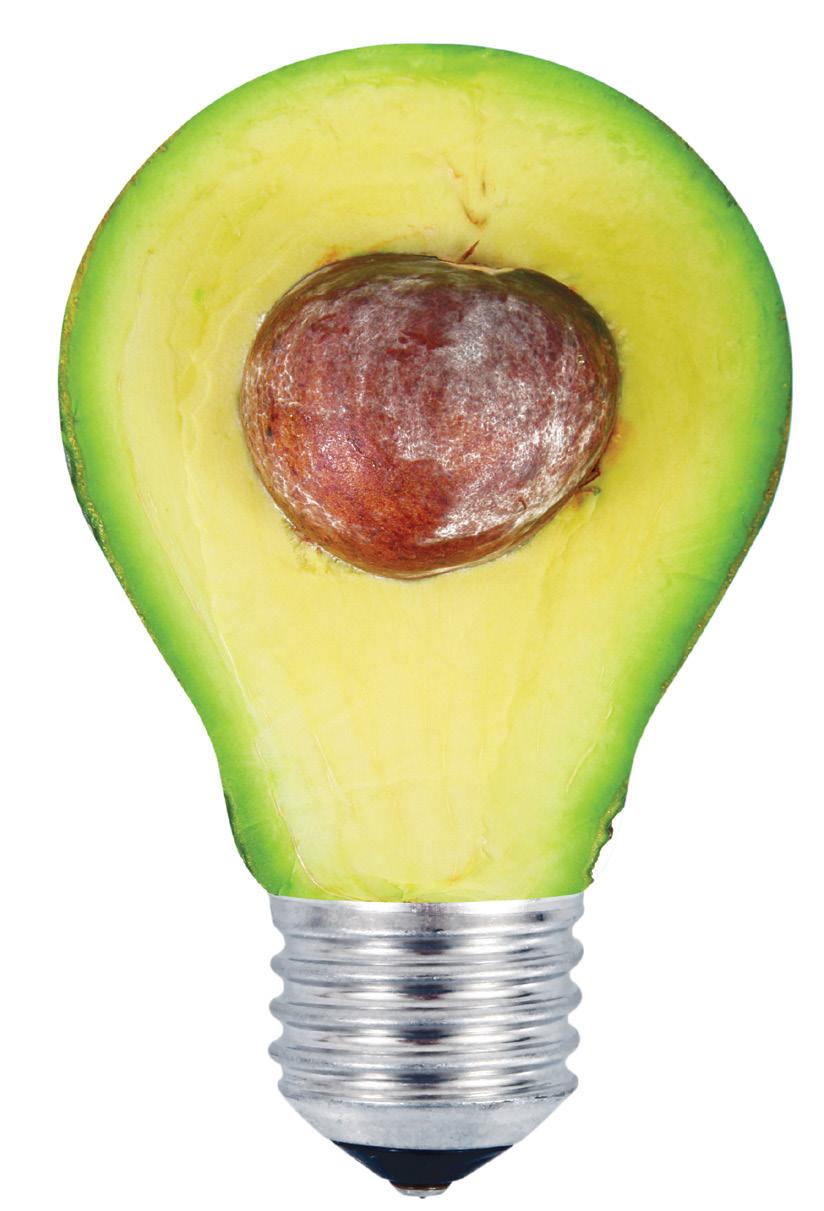will have worldwide applications for pasture-based agriculture. “We need to explore the full potential of the approaches for delivery of the inhibitor – because we need to try to come up with ways that are practical and cost-effective where cows are not eating a ration to carry the methane inhibitor. “And then we must create the right business incentives for farmers to use it in a pasture-based dairy operation.” The exciting thing for Hill was that once they had cracked the technology of the delivery, there were proprietary rights to the technology that can be sold around
the world to other potentially pasturebased farmers, and not just in the dairy space. “We are excited about the approach, but it’s early days – the research programme has been running since 2018, initially feeding in chambers and now in the field. “We are confident in the science, and now working on the mechanism.” Hill wouldn’t be drawn on whether the mechanism would involve a pellet, a slow-release bolus or drench, saying they are using rather novel approaches and researchers would have a good idea of how it is going in two to three months.
HOW DOES 3-NOP WORK?
3-NOP is the abbreviation for 3-Nitrooxypropanol, an organic compound with the formula HOCH₂CH₂CH₂ONO₂. It is the mononitrate ester of 1,3-propanediol. The compound is an inhibitor of the enzyme methyl coenzyme M reductase. MCR catalyses the final step in methanogenesis. (Wikipedia) Chemical formula: C3H7NO4 The product is composed of a nitrate and an alcohol and by binding to the enzyme MCR, 3-NOP slows down the last step of methane formation by methanogens in the rumen, thus reducing the amount of methane produced. The 3-NOP then breaks down into the natural fragments that it is made of and which are part of normal metabolism of the cow. Feed level: DSM claims that just a quarter of a teaspoon per day is enough to reduce methane by 30%, but that it needs to be fed every six hours.
Research results into a method of delivery of 3-NOP for pasture-fed free-range cows is getting closer, and are looking exciting, says Agresearch and Fonterra.
Dairy Exporter | www.nzfarmlife.co.nz | March 2021
CANADIAN TRIALS SUCCESSFUL The 3-NOP technology was demonstrated in a large-scale trial in Alberta, Canada, run over two years using 15,000 cattle and developing new technology to do the measurements on the live cattle. Rather than measure individual animals in gas chambers, Green Feed Systems technology was employed to use laser grid measurements in pens of 125 animals. As explained in the Canadian Farm Progress Journal, the air was measured as it entered upwind of the pen and then again downwind, detecting the amount of methane leaving the pen. Using several measurements of the groups, the total methane for the herd was extrapolated, along with the reduction. During the trial, measurements showed a 70% average reduction of enteric methane, when the 3-NOP was fed in steam flaked or dry-rolled barley in finishing diets at 125mg/kg of feed drymatter. In backgrounding (the step before finishing) diets increasing the dosage of the feed additive from 150 to 200mg/kg feed decreased methane yield by 17-25% compared with the control animals. The trial also showed a reduction in methane with no negative impact on animal health or performance. The value of the GHG reductions over the trial period was worth 1473 equivalent tonnes of CO₂, the same as taking 500 cars off the road for a year. According to Royal DSM VP Mark van Nieuwland, there is interest in Canadian cattle ranchers to become carbon neutral, and in the opportunity to sell the value of the methane reductions into the Canadian carbon market. “If you can, as a feedlot operator, demonstrate you produce less GHGs, you can actually get credits and those are traded on the carbon market.” DSM has also reported successful trials in the Netherlands, with 2740% reductions in methane in a dairy trial with Wageningen and FrieslandCampina, and a trial is ongoing with Finnish dairy company Valio. 79























